 Difficulties are in the seeing - or not seeing. Perhaps we should say in the not recognizing what is trueabout life. Think about how frequently you tell yourself, or feel, “I can’t”, vs. how often you think, “I can do this, even though it’s hard.” You can if you think you can. And you must if you want change. Remember that saying, “The definition of insanity is doing the same thing over and over, and expecting a different result.” You can change what you are doing. Let the connections to why you “can’t” go. Let the too’s go - too old, too young, too poor, too uneducated, too inexperienced. You are perfectly imperfect, and perfectly capable of changing, one tiny step at a time. The difficulties will become smaller. You will become bigger. You can. You will. Start meditating every day. Start saying three gratitudes every morning before you get out of bed. Start eating more vegetables. Start reading a few great pages every day. Start talking to people who motivate you. Start loving people like crazy. Go out there and start. Life is too good to wait. It’s wonderful to start. It’s wonderful to succeed. You can. Love,
0 Comments
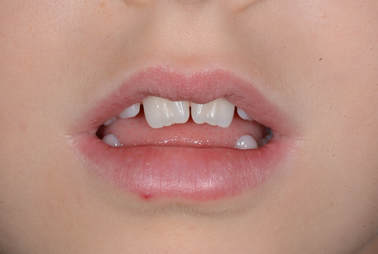 Patient "Miss A", with evidence of mouthbreathing and a forward tongue. © 2018 Dr Chris Baker Patient "Miss A", with evidence of mouthbreathing and a forward tongue. © 2018 Dr Chris Baker Funny how we call detailing the tooth alignment and the bite, “finishing”. Funny because it all starts from diagnosis. Actually it starts at the initial examination. What we do at the beginning makes our finishing time longer or shorter.
Here are three examples of finishing challenges that can become overwhelming, and how you can know of the facts, and handle the challenges better, from the start: Facts and challenges like: Patient Miss A may need lengthy and difficult anterior bite closure - how do you know?.
- ENT referral and treatments - Tongue exercises that you prescribe - Sublingual frenectomy - Habit treatment - Bite turbos, posterior biteplate, or other posterior intrusion therapies - UAW or other molar positioning and incisor extrusion where appropriate - TAD anchorage with posterior intrusion - Lower full coverage splint following ortho treatment And look at the concern typed onto the treatment plan for this patient, just above the signature line for the parent/patient: Concern – Airway issues, habits and adverse tongue positions all contribute to adverse growth and continued adverse forces on teeth, with or without orthodontic treatment. Adam’s growth is vertical, which is made worse by mouth-breathing and low tongue position. This may predispose him to an openbite. All treatment will be directed to improving these adversities, but longterm stability is lessened and risk of relapse is greater, depending on the success of the airway treatment, tongue position improvement and habit cessation. OR Vertical growth patterns are difficult to correct, and when corrected, often relapse, with a return of the open bite (space between upper and lower incisors, when the patient is biting on the posterior teeth.) Even in the best-case scenario, openbites may relapse. Beginning treatment as soon as is feasible may help in longer-term stability. Compliance with elastic wear, if indicated, is important. All treatment is directed to improving the openbite pattern with as much stability as possible. Annie’s tongue position is low and forward, and probably is contributing to the spacing of her teeth. Tongue training may be helpful, including CM circle and ball on retainers, and wear of her retainers as directed, will be critical, because the teeth often exhibit connective tissue memory/relapse without excellent retainer wear, due to the tendency of the tongue to remain forward and low throughout life. Patient Mr. B may have later excessive mandibular growth, “outgrowing” your orthodontic treatment that attained a beautiful Class I, and the patient ends up Class III with open bite tendency. How do you know?
A patient and his mother presented for a recall orthodontic evaluation, and the mom said her dentist had asked her why we took the braces off, when he had 0 overbite and 0 overjet. A review of his final photographs at orthodontic completion showed a Class I occlusion with 3 mm overbite and 3 mm overjet. Indeed that was not the case any longer. His treatment plan had listed the concern of possible excessive mandibular growth. He had a chin sling for nighttime wear prescribed for wear with his retainers, which had not been worn. Don’t we dislike these concerns expressing themselves in reality? But - we don’t make the growth, and we are pleased to stress the concern at the diagnostic and retainer delivery stage. The patient compliance may not work to advantage. We hate that, of course. Treatment during or throughout the original active phase, not just during what we call finishing may include: - Class III Correctors - Motion or D2 appliances - Chin Sling or Facemask wear - Posterior intrusion therapies Communication of growth progress to the parent is critical, throughout treatment. Keep them in the reality loop! Patient Miss C may have difficulty attaining and maintaining adequate canine and/or posterior overbite. How do you know?
- Tongue exercises - Blue Grass or other beads in palate - Castillo-Morales circle in palate - Crib on appliances - Expansion therapy We could similarly lay out the signs of future TMJD, of lack of eruption of an ectopic tooth, adding 2-3 years to a treatment time, of the complete dependence on the patient’s compliance if the occlusion is to be corrected, and on and on… So, before you even consider putting appliances into a patient’s mouth, consider the findings - all of them. Do excellent diagnostics. Get all the information - about medical, airway and breathing, dental, skeletal, growth and finally dental findings. THEN put it together in a comprehensive treatment plan that you can share with the parent /patient, giving them the information they need to make good informed decisions about the treatment. Then, pay the closest attention to your bracket placement. Bracket placement, though impossible to do perfectly, can make huge differences in finishing needs. Keep everyone — parents, patient, your chart — in the loop. Be honest and open with the progress, OR LACK THEREOF. This will help you throughout the treatment. Your finishing will be more predictable, and could be a lot less surprising, a lot less difficult, and a lot less stressful for all.  1. We want to be able to trust people. Put another way, we want people to make guarantees to us. — Instead, we can work on keeping our promises to ourselves 2. We want love and acceptance from others, so we feel valued and validated. Instead, practicing compassion / love for others makes us feel truly important - because then we are. 3. We want to have the best of everything. But - the happiest people don’t have the best of everything - they make the best of everything. 4. We want to be happy. But - we too often complain, judge others and wish it were different. We call it “being realistic.” Instead, just stop it and be happy. Here’s a funny take on negativity from Bob Newhart. Enjoy! https://youtu.be/4BjKS1-vjPs Claude and I send love, 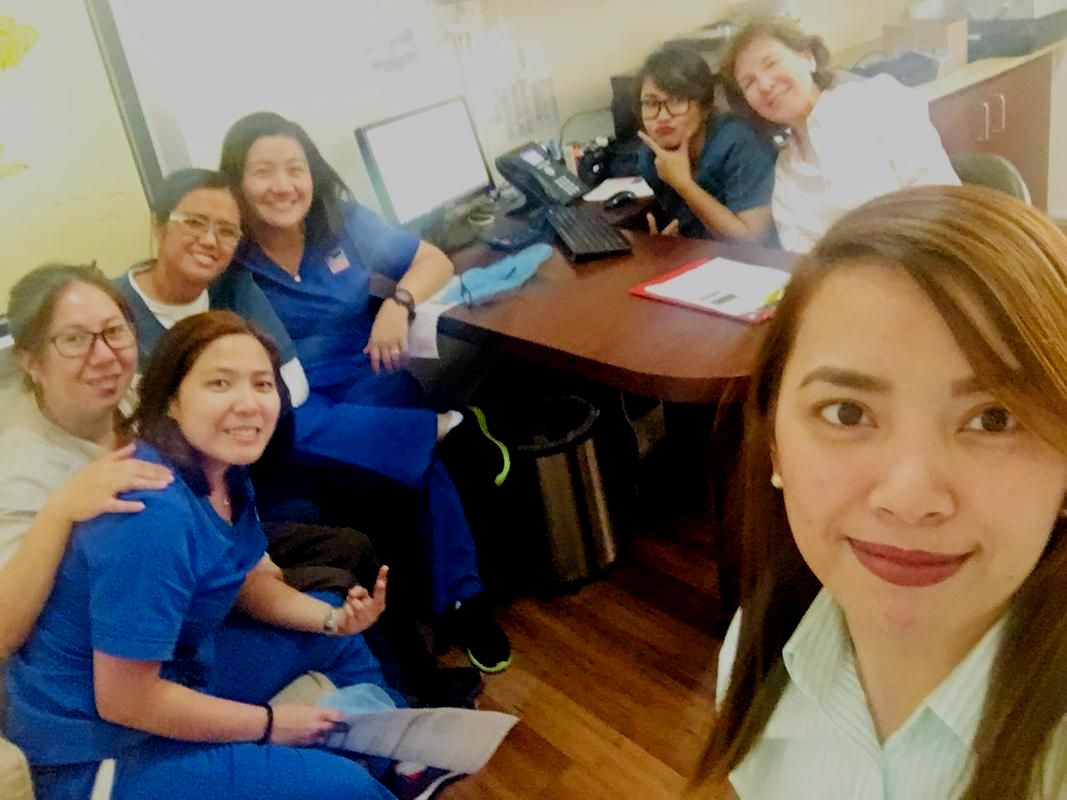 In the day to day push, pull,, challenges, service to many people, it’s easy to feel an overwhelming feeling of “just trying to survive.” The day to day routines, the business drag, the difficult patient, unhappy staff members, worries over money - all are tough to survive. What if your practice went from survival mode to WOW? WOW! that patients come in and go out raving about being in your practice. WOW that you have new patients referred by happy patients. WOW that you and the team are having great fun in serving wonderful people. WOW. Just WOW. How in the world do you get there?? A few steps to help: First off, evaluate what you are trying to survive. In dental practice it is often stressful practice days, worries about money, staff issues. Once you identify the difficulties, understand a mindset of peace and acceptance will help you get past and get to WOW! Honestly, you may be battling yourself. Worries are your own battle. Your disappointments are another battle. All the negative thoughts keep swirling around in your head, and multiply your worry thoughts. It gets harder, not better. “Life is too short to spend at war with yourself. The biggest disappointments in our lives are often the result of misplaced expectations. Letting go of needless expectations is your first step to happiness. Come from a mindset of peace and acceptance, and you can deal with almost anything and grow beyond it." ~ marc and angel What works for you? Meditation? Walking in the woods? Anything that brings you peace is good. There is a new product which changes your neural activity. It's called Touchpoints. Go to thetouchpointsolution.com. Touchpoints are tremendously helpful to a lot of people. Touchpoints are used for autistic people, and it was discovered that they relieve stress by over 70% in people (both autistic and non-autistic) in as few as 30 seconds. The neuroscience department at Harvard has looked at how they create and change your neural pathways to, neutral to positive. How about that when you are feeling stressed out and negative??!! Feel free to email me for more information - I am not affiliated in any way with the company; Claude and I just find them amazing - for stress, for sleep, for calm. You’ve got to try various settings to get the one that works best for you. Worth it!! Secondly, understand that life IS difficulties and problems. They are part of this thing we call life, which is a school for our spirits to learn and grow. Those who recognize problems as a human condition and don't measure happiness by an absence of problems are the most intelligent kind of humans we know; also, the most rare. ~ Dr. Wayne Dyer Now, you smart you, you can start reminding yourself how smart you really, are. Happiness, as Walt Whitman said, “not in another place but this place ...not for another hour, but this hour.” This can be your purview. I once heard someone say, when we think we are having no challenges at all, we might want to ask, “God, don’t you trust me? I love this life. Keep it coming!” That’s life, as Frank Sinatra sang. And it’s a good ‘un! Oh yes, we’re going for WOW. OK how about, Thirdly, Focus on gratitude. Think about your patients who love you - and there are those - YOU KNOW IT!. Grateful that you and the team can have fun and find joy in serving wonderful people. Grateful that you have a team. One person can wow, but to wow continuously and consistently - get the entire team onboard. We take turns in the morning saying the word of the day. Each team member gets a turn. It’s usually a saying, or a word. Some days since we’ve been working on WOW, the word has been - WOW! 1,2,3: Know what the stresses are - and change the thoughts to what the joy is! Two, accept the crazy reality that life is challenge, will always be and is supposed to be. See it as opportunity, fun, sure, challenge, but there’s good. Find it. Find the peace in your life. And three, remember to find what you are grateful for. Thank you for all that I HAVE had, all that i NOW have, and all that I SHALL have. Thank you thank you. WOW. Just WOW.  My mother and I were listening to songs on the radio while she ironed clothes and I folded. I was 11 years old. I asked Mother, “Why are all the songs about love?” Mother said, “Love is what makes our lives wonderful.” Our deepest needs hinge on being loved. All warm-blooded animals are born with an innate need to be touched and stroked affectionately. Human babies actually die from lack of touch. Love is life. In the nineteenth century, most institutionalized infants in the U.S. died of marasmus (severe malnutrition and wasting away, as if they knew no one loved them). Orphanages reported a majority of infants under the age of two had died due to failure to eat and thrive, related to the lack of touch and affection. Affection and touch not only help babies thrive and live, but help develop lower levels of adult aggression and higher levels of adult happiness. Love is what makes our lives wonderful. This week, see how many people you can tell, “I love you.” Give hugs. Share smiles. Share songs about love. Celebrate Valentine’s Day - a great celebration of love. Love, Creating "Wow" can be a big reason for your dental practice's success. Here's a video of a talk I gave this week during a meeting with staff and doctors at the Advanced American Dental Clinic in Abu Dhabi, UAE.
The In-Treatment-Presenting Posterior Crossbite
Pickles can be sweet, tart, bitter, or sour. “Dr. Chris, when do I get my braces off?” “Let’s look,” I say to the pretty teenage girl in the orthodontic chair. She has worn her elastics well, kept her plaque under control, and wants to be finished with orthodontics. Back to the beginning. The way it works is, an awful lot of young patients today want braces. Either their teeth and smile are not ‘Hollywood’ beautiful, OR all their friends have braces and they want them too. No matter, the two questions asked by these young people are,
Two Q’s with easy answers. “As soon as you get your records done, give me a few days, your mom and I can conference - sit down and review what’s going on with your growth, bones and teeth, then as soon as it’s ok with your parents.” And, “Yes.” Not many months later, sometimes only 4 or 5, the Q is more difficult to answer: “When do I get them off?” I formulate the answer from two areas of information. The first, I pick up the chart, and study the original treatment plan, with time estimate, goals, and steps of treatment planned, as well as look at the original or most recent pano. The second, I give the assistant status notes. She is charting the information, as to alignment and spacing, overbite, overjet, all teeth erupted and accounted for, canine relationship and molar relationship. And this pretty, sweet teenage girl is waiting expectantly for my answer, hoping it is some version of “Soon or very soon.” (She can always hope, can’t she?) On our treatment plan, the time estimate is on the same page as the parent’s signature. That can help them, because the child or parent notices the signature and hopefully familiar page, when I say, “Our estimate was in February to May next year,” though the eager patient is disappointed, they handle the un-hoped-for answer better. But - what if your estimated time is about now? And what about if the patient is looking pretty darn good? And what if, as you are calling off the status to the assistant, “alignment good, overbite 3, overjet 3, no spaces left, right molar and canine Class I, left molar” - UH OH!. You notice a lingual cross bite of the left six year molars. Your mind races. “Where did that come from? She’s about done, she and her mother want the braces off, and we have a crossbite. In this case, perhaps the lower molar is kicked out buccally a bit….” It’s a crossbite. Or, you have done Class II correction and distalized upper molars in reference to lowers, and the lower arch width is wider “back there”. What to do?? What options are there? Here are three for you:
Just sayin’.
Images and text © 2018 Dr Chris Baker
|
Dr Chris BakerAmerica's most-trusted teacher of orthodontic continuing education, Dr. Chris Baker has practiced and taught for more than 30 years, and is a current or former faculty member of three U.S. dental schools. She is a pediatric dentist, author, blogger, dental practice consultant, and mentor. Dr. Chris is also Past President and Senior Instructor of the American Orthodontic Society. She is based in Texas, USA, but lectures around the world. Categories
All
Archives
July 2024
Text and images
© 2024 Dr Chris Baker |


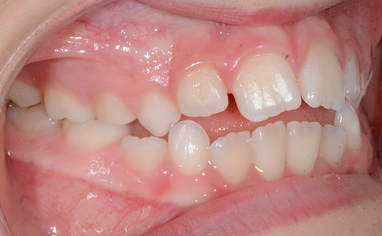
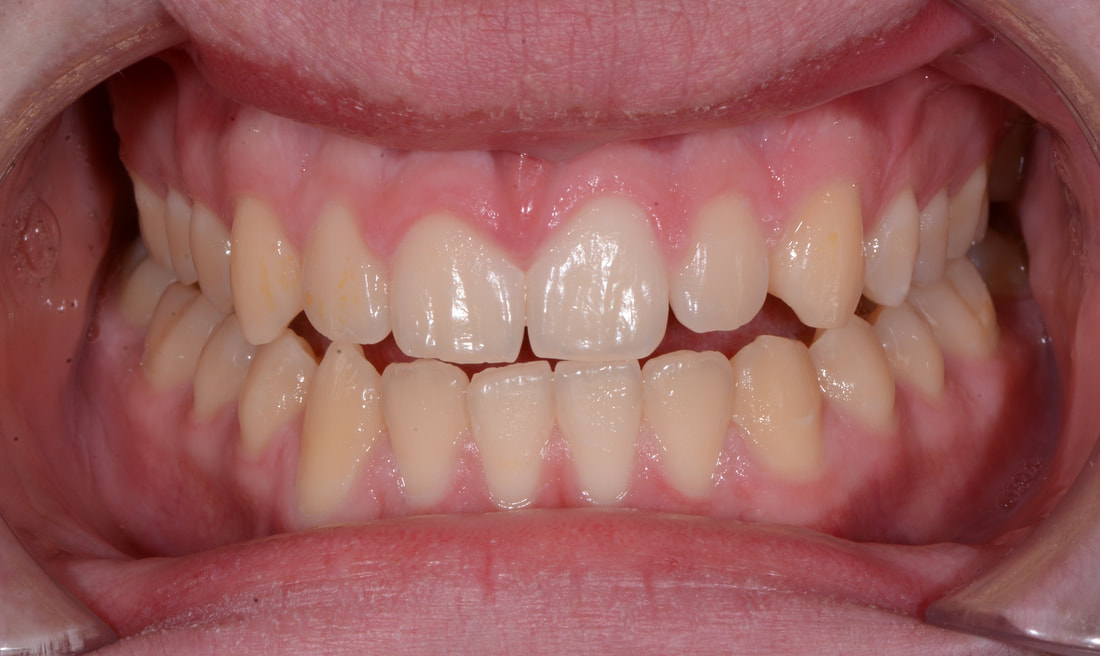
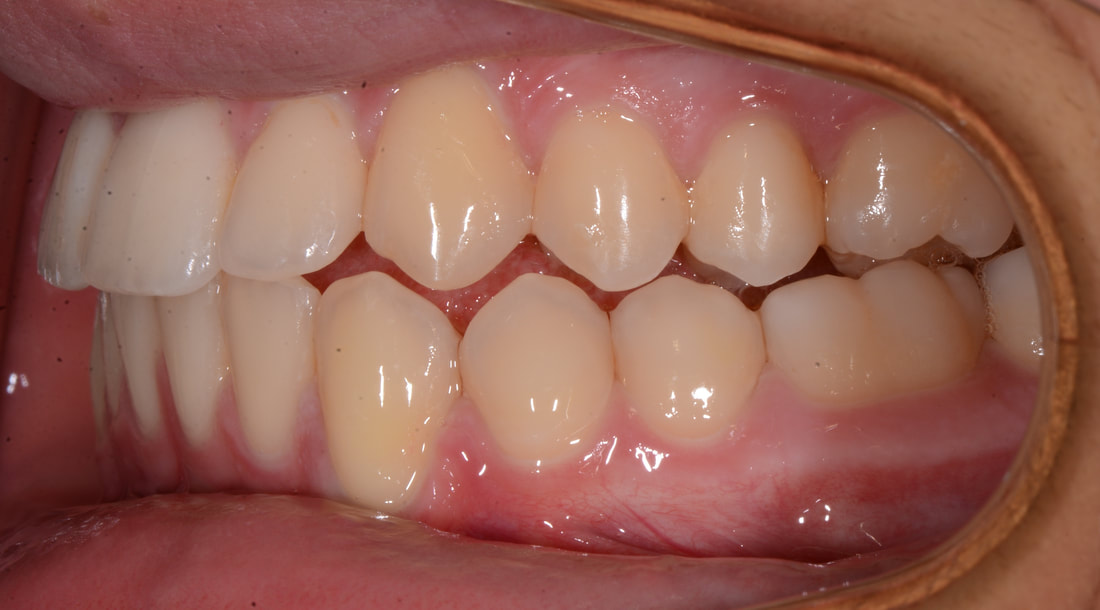


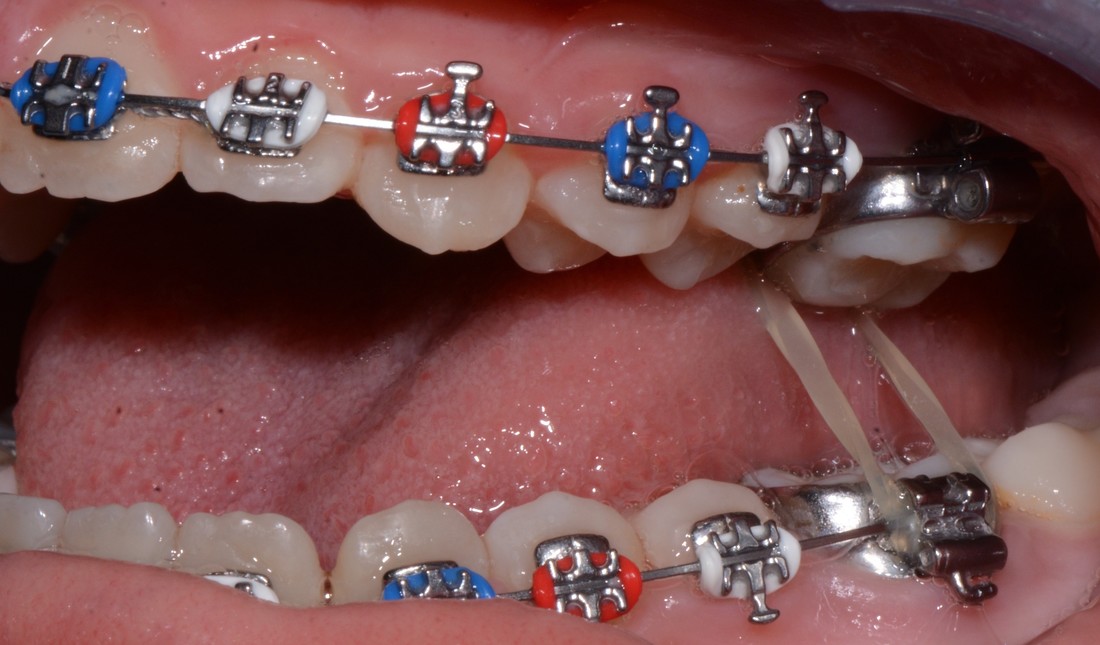
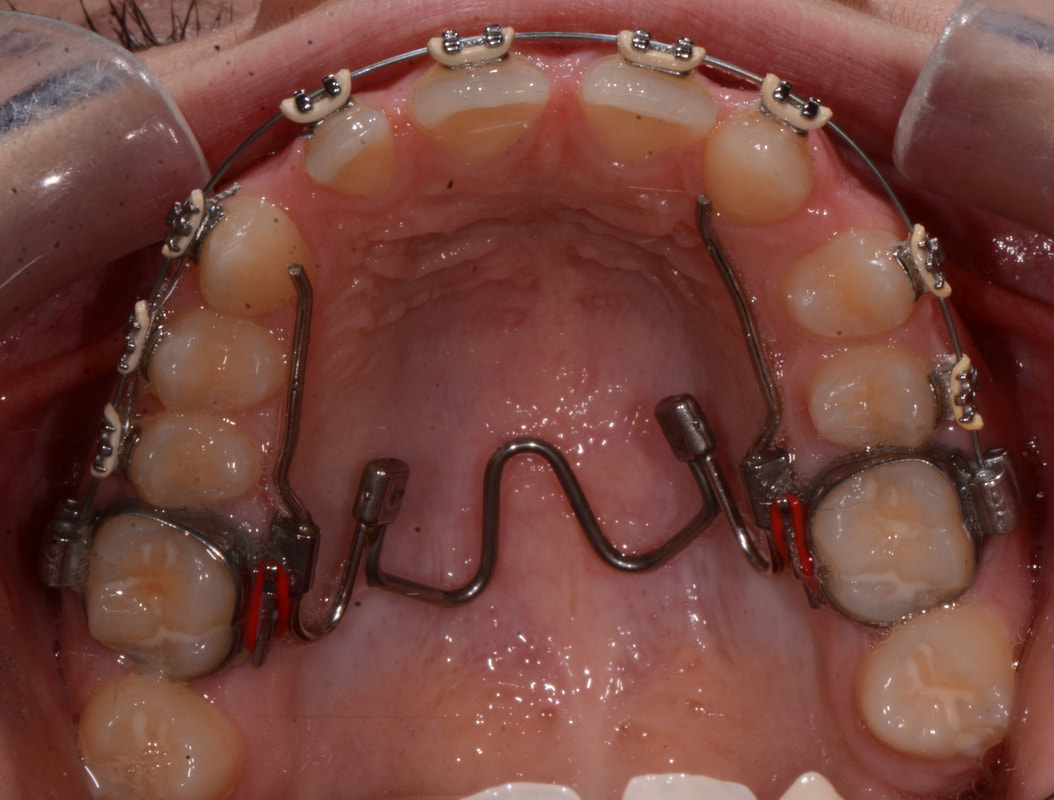



 RSS Feed
RSS Feed